
Review on Powerful Intel Core i7-3770K Quad-Core Processor with 8MB Cache and LGA 1155 Compatibility - BX80637I73770K by Chun Chun ᠌

The product is of good quality, there is only one minor defect.
I built my computer from scratch, so the choice fell immediately on the 3770K and the motherboard with the newest chipset for the 1155 socket. As an option, I was considering buying a cheaper motherboard on the Z68, but with support for Ivy Bridge and PCI Express 3.0. The firmware was released a week after the start of sales of the processor. However, I decided not to bother and took a board on the Z77. As a supporter of reasonable overclocking, I was confused that thermal paste is used as an internal thermal interface, and not solder. It all depends on the processor cover. If it turns out to be leaky, then this will give the processor physical obsolescence in addition to the planned moral, and an increase in temperature as a result of overclocking will only speed it up. Like it or not - time will tell. In the meantime, I have the fastest processor at a more or less adequate price. Corsair CML16GX3M4X1600C8 memory with low latency and low-profile heatsinks matched the standard frequency of the memory controller in the processor, and the graphics built into the processor will give time to find something worthwhile from video cards.
- Compatible with 1155-pin motherboard sockets with new chipsets: B75, Q77, H77, Z75 and Z77, as well as with old H61, H67, P67 and Z68 after BIOS ate (almost all manufacturers have declared support and new BIOS versions are available for downloads). Motherboards with Q65, Q67 and B65 chipsets do not support this processor. In my case, I took the ASRock Z77 Extreme6 board. Firmware was not required at all. The built-in memory controller supports 1600 MHz in normal mode, the maximum supported frequency is 2800 MHz. Switching to a new process technology (22 nm) allowed us to reduce power consumption from 95 W, as in the closest Core i7-2700k (32 nm), to 77 W, and even slightly improve performance. Up to two times more impressive integrated graphics results than the previous generation (hd3000) in synthetic benchmarks. Added support for DirectX 11, as well as connecting three monitors at the same time. The increase in performance in games is not so noticeable. At low graphics settings, new games are quite playable, which is difficult, but still allows you to survive the delay in buying a powerful, expensive video card. Video FullHD integrated graphics "plays" flawlessly. Support for the new PCI Express 3.0 standard, which has a higher bandwidth (8 GT/s versus 5 GT/s for PCI Express 2.0 and 2.1), is a good start for the future, while the difference between the performance of video cards based on PCI Express 3.0 and PCI Express 2.0 is proportionally not approach the bandwidth difference of the interfaces they are based on.
- When assembling on motherboards with old chipsets (released earlier, but with now announced support), BIOS firmware may be required. As far as I know, for this you will have to get another processor that the board already supports, or contact a service center where this can be done even without a processor (with a special device - a programmer). As it became known, the area of the crystal and the type of thermal interface between the crystal and the lid have changed. Perhaps, in combination with the features of the new transistor architecture (with a vertically located gate), this was the reason for the decrease in the overclocking potential of these processors.
New products
Comments (0)
Top products in 🧰 Computer Internal Components

Unleash High-Performance with AMD Ryzen 5 3600XT Processor & Wraith Spire Cooler

223 Review
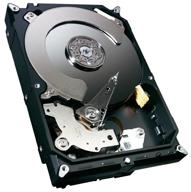
Seagate Barracuda 1TB HDD ST1000DM003

93 Review
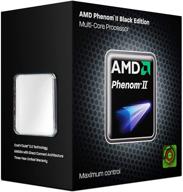
AMD Phenom II X4 940 💻 Black Edition 3.0GHz AM2+ Processor - Retail

96 Review
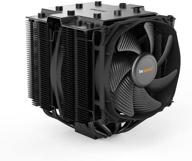
🌬️ Silent Cooling Power: Dark Rock Pro 4 CPU Cooler with 250W TDP, BK022

134 Review
Another interesting products
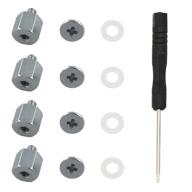
M.2 Screw Kit: Easy Mounting for NVMe SSDs on ASUS Motherboards

19 Review
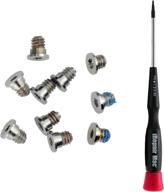
MacBook Retina 13-inch (A1425, A1502) and 🔩 15-inch (A1398) Bottom Case Screw Set with Pentalobe Screwdriver

11 Review
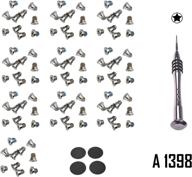
🔧 Premium Repair Replacement Screws & Tools for MacBook Pro Retina 15"/13" - Complete Bottom Case Set

10 Review

Comprehensive 500pcs Laptop Screw Kit Set for 🔩 IBM HP Dell Lenovo Samsung Sony Toshiba Gateway Acer

12 Review

